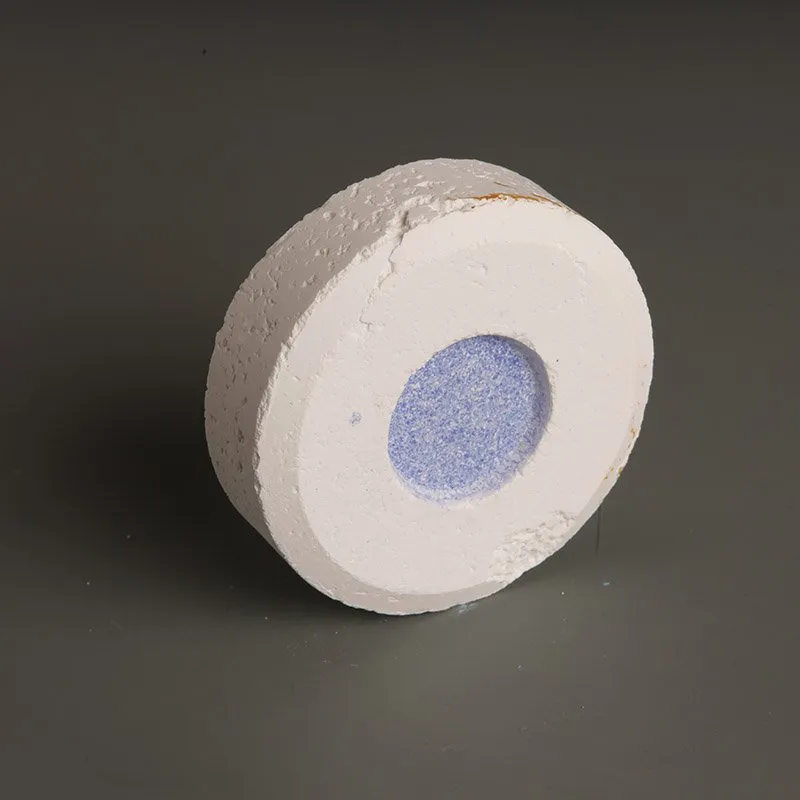



Chemicals Commonly Used in Cooling Tower Operations and Maintenance
Understanding the Chemicals Used in Cooling Towers
Cooling towers are vital components in various industrial processes, power generation, and HVAC systems, used to dissipate heat from equipment and maintain optimal operating temperatures. They rely on a combination of water, air, and specific chemicals to function efficiently and effectively. This article explores the essential chemicals used in cooling towers, their purposes, and the importance of managing their applications.
1. Water Treatment Chemicals
The most crucial aspect of cooling tower operation is the quality of water used. To prevent corrosion and scaling within the cooling tower system, several treatment chemicals are employed.
- Corrosion Inhibitors These chemicals protect metal surfaces from oxidizing and degrading over time. Commonly used corrosion inhibitors include azoles, phosphonates, and molybdates, which form a protective barrier on metal surfaces, minimizing direct contact with corrosive substances in water.
- Scale Inhibitors Hard water can lead to the formation of scale, which reduces heat transfer efficiency. Chemicals such as polyphosphates, copolymers, and phosphonates are utilized as scale inhibitors. They work by reducing the solubility of minerals, thus preventing the crystallization of scale within pipes and heat exchangers.
- Biocides Algae, bacteria, and fungi can thrive in cooling towers, posing risks to efficiency and health. Biocides like chlorine, bromine, and oxidizing agents are added to eliminate these microorganisms. Non-oxidizing biocides, such as isothiazolinones and quaternary ammonium compounds, are also used due to their effectiveness against biofilms.
2. pH Adjusters
The pH level of cooling tower water is critical for maintaining the effectiveness of treatment chemicals. To control pH, alkalinity and acidity modifiers are utilized.
what chemicals are used in cooling towers

- Acidic Chemicals Hydrochloric acid and sulfuric acid may be added to lower the pH of the water, helping to dissolve scale and maintain a balanced chemical environment for other treatment agents.
- Alkaline Chemicals Conversely, sodium hydroxide or soda ash (sodium carbonate) can be used to raise the pH, ensuring that corrosion inhibitors and biocides remain effective throughout the cooling cycle.
3. Antifoaming Agents
Foam formation can severely hinder the operation of cooling towers by reducing the efficiency of heat transfer and increasing water loss through evaporation. Antifoaming agents, such as polydimethylsiloxane (PDMS) compounds, are employed to breakdown foam and provide a smoother operation, ensuring that the cooling system maintains its efficiency.
4. Importance of Chemical Management
The effectiveness of cooling tower chemicals hinges on proper management and monitoring. Regular water testing is crucial to ensure that chemical concentrations remain within desired thresholds. Automated dosing systems can enhance the precision of chemical application, reducing waste and minimizing environmental impact.
Moreover, as regulations surrounding water use and chemical discharge become stricter, industries need to adopt best practices for chemical management. This includes using biodegradable or environmentally friendly alternatives whenever possible to prevent contamination of water sources.
5. Conclusion
In summary, the operation of cooling towers relies heavily on various chemicals that address the challenges of corrosion, scaling, microbial growth, and water quality management. By understanding and effectively managing these chemicals, industries can optimize cooling tower performance, enhance energy efficiency, and reduce environmental impact. As technology and regulations evolve, continued innovation in chemical treatments will play a crucial role in the sustainability and reliability of cooling systems. The proper use of these chemicals not only ensures operational efficiency but also contributes to the broader goal of environmental stewardship.
-
Why Sodium Persulfate Is Everywhere NowNewsJul.07,2025
-
Why Polyacrylamide Is in High DemandNewsJul.07,2025
-
Understanding Paint Chemicals and Their ApplicationsNewsJul.07,2025
-
Smart Use Of Mining ChemicalsNewsJul.07,2025
-
Practical Uses of Potassium MonopersulfateNewsJul.07,2025
-
Agrochemicals In Real FarmingNewsJul.07,2025
-
Sodium Chlorite Hot UsesNewsJul.01,2025










